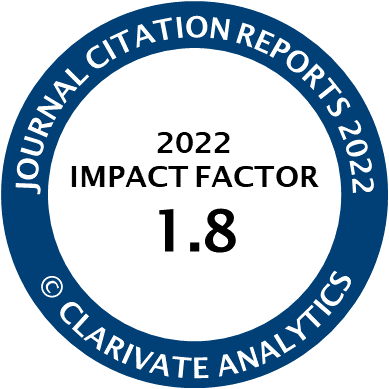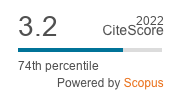Article | Open Access
Porous Kirkenes: Crumbling Mining Town or Dynamic Port Cityscape?
| Views: | 1367 | | | Downloads: | 862 |
Abstract: The great number of actors in port city regions, such as port authorities, municipalities, national governments, private companies, societal groups, and flora and fauna, need to develop shared visions. Collaborative approaches that focus on combined values can help achieve long-term resilience and enable a sustainable and just coexistence of port and city actors within the same territory. However, the sheer focus on economic profit generated by port activities overshadows and ignores equally essential cultural, societal, and environmental values and needs. The lack of pluralities in planning and decision-making processes creates challenges for the cohabitation of the many actors and their interests within port-city regions. On the one hand, contemporary spaces in port cities cannot be classified and defined by traditional dichotomies anymore. On the other hand, the perception of spatial and institutional boundaries between port and city leads to a positivistic-driven definition of a rigid and inflexible, line-like interface physically and mentally separating the port from the urban activities and stakeholders, neglecting the inseparable character of many parts of our society. By investigating and re-imagining the future port-development plans within the historic mining town of Kirkenes, located around 400 km above the Arctic Circle in Northern Norway, the aim of this article is to explore and combine the concepts of negative and positive porosity and liminality and arrive at a renewed perception of the port cityscape, which can function as dynamic thresholds inbetween the multiple dualities and realities of various port and city actors. The article bridges the theoretical/conceptual sphere of urban porosity and the practical approaches of liminal design. By using Design Fiction as a tool for creating new, innovative, and pluralistic port city narratives, the article contributes to contemporary research that aims for imaginary, value-based, and history-informed approaches to designing future-proof, resilient, just, and sustainable port cities.
Keywords: borders; boundaries; Kirkenes; liminality; porosity; port cityscape; synergistic and adaptive ecosystems
Published:
© Lukas Höller. This is an open access article distributed under the terms of the Creative Commons Attribution 4.0 license (http://creativecommons.org/licenses/by/4.0), which permits any use, distribution, and reproduction of the work without further permission provided the original author(s) and source are credited.




